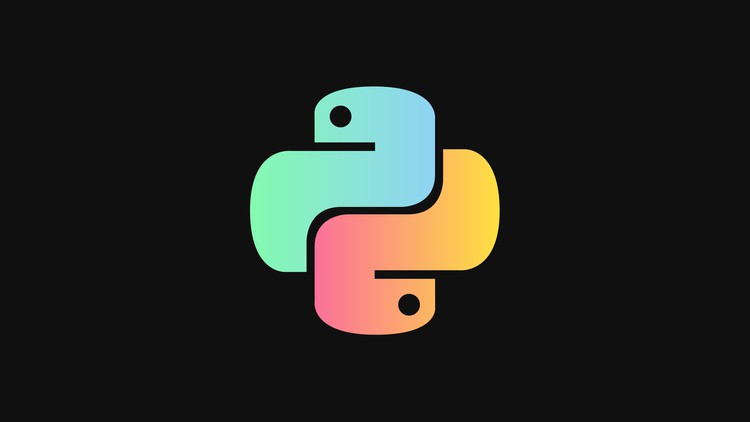
What you will learn
Introduction to Python
Certified Entry-Level Python Programmer (PCEP) Topics Overview
Data Analytics tool for Python
Algorithms
Description
Python is a multi-paradigm programming language. Object-oriented programming and structured programming are fully supported, and many of its features support functional programming and aspect-oriented programming (including by metaprogramming[58] and metaobjects (magic methods)) PCEP – Certified Entry-Level Python Programmer Certification: Exam Syllabus
Exam block #1: Basic Concepts (17%)
Objectives covered by the block (5 exam items)
-
fundamental concepts: interpreting and the interpreter, compilation and the compiler, language elements, lexis, syntax and semantics, Python keywords, instructions, indenting
-
literals: Boolean, integer, floating-point numbers, scientific notation, strings
-
comments
-
the print() function
-
the input() function
-
numeral systems (binary, octal, decimal, hexadecimal)
-
numeric operators: ** * / % // + –
-
string operators: * +
-
assignments and shortcut operators
Exam block #2: Data Types, Evaluations, and Basic I/O Operations (20%)
Objectives covered by the block (6 exam items)
-
operators: unary and binary, priorities and binding
-
bitwise operators: ~ & ^ | << >>
-
Boolean operators: not and or
-
Boolean expressions
-
relational operators ( == != > >= < <= ), building complex Boolean expressions
-
accuracy of floating-point numbers
-
basic input and output operations using the input(), print(), int(), float(), str(), len() functions
-
formatting print() output with end= and sep= arguments
-
type casting
-
basic calculations
-
simple strings: constructing, assigning, indexing, immutability
Exam block #3: Control Flow – loops and conditional blocks (20%)
Objectives covered by the block (6 exam items)
-
conditional statements: if, if-else, if-elif, if-elif-else
-
multiple conditional statements
-
the pass instruction
-
building loops: while, for, range(), in
-
iterating through sequences
-
expanding loops: while-else, for-else
-
nesting loops and conditional statements
-
controlling loop execution: break, continue
Exam block #4: Data Collections – Lists, Tuples, and Dictionaries (23%)
Objectives covered by the block (7 exam items)
-
simple lists: constructing vectors, indexing and slicing, the len() function
-
lists in detail: indexing, slicing, basic methods (append(), insert(), index()) and functions (len(), sorted(), etc.), del instruction, iterating lists with the for loop, initializing, in and not in operators, list comprehension, copying and cloning
-
lists in lists: matrices and cubes
-
tuples: indexing, slicing, building, immutability
-
tuples vs. lists: similarities and differences, lists inside tuples and tuples inside lists
-
dictionaries: building, indexing, adding and removing keys, iterating through dictionaries as well as their keys and values, checking key existence, keys(), items() and values() methods
-
strings in detail: escaping using the character, quotes and apostrophes inside strings, multi-line strings, basic string functions.
Exam block #5: Functions (20%)
Objectives covered by the block (6 exam items)
-
defining and invoking your own functions and generators
-
return and yield keywords, returning results,
-
the None keyword,
-
recursion
-
parameters vs. arguments,
-
positional keyword and mixed argument passing,
-
default parameter values
-
converting generator objects into lists using the list() function
-
name scopes, name hiding (shadowing), the global keyword
Content
Introduction
Introduction to data analytics with Python
Algorithms and Data Structures
Python Documentation and Libraries